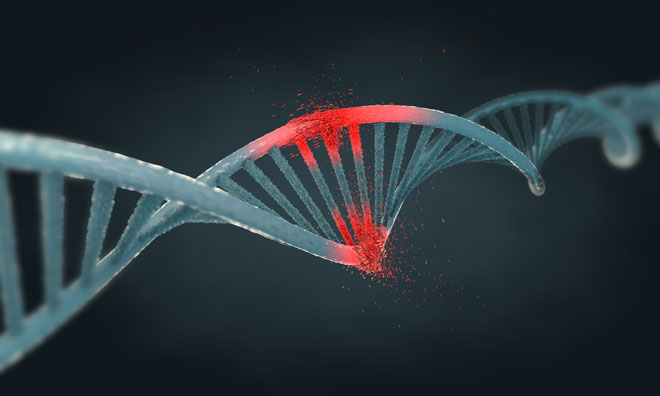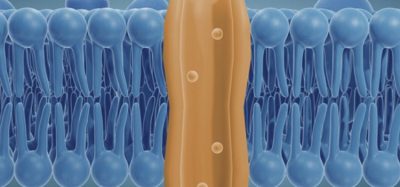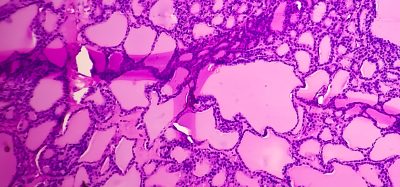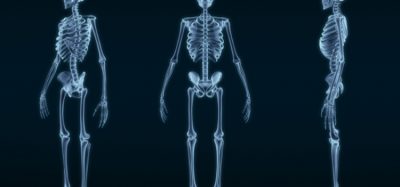TP53 is the most frequently mutated gene in human cancer. Besides inactivating the tumour suppressive function of p53, mutations in this protein also confer pro-tumorigenic function to p53. In addition to these changes, multiple minor, naturally occurring genetic variants, also known as polymorphisms, have been described in the p53 gene. These variants can significantly alter p53 function, but their impact on the function of mutant p53 has not been fully elucidated.
Dr Maureen Murphy, Professor and program leader of the Molecular and Cellular Oncogenesis Program at Wistar and senior author of the study, evaluated the impact of one of these variants, called Pro72Arg, on the ability of p53 mutations to promote metastasis.
Biomarkers are redefining how precision therapies are discovered, validated and delivered.
This exclusive expert-led report reveals how leading teams are using biomarker science to drive faster insights, cleaner data and more targeted treatments – from discovery to diagnostics.
Inside the report:
- How leading organisations are reshaping strategy with biomarker-led approaches
- Better tools for real-time decision-making – turning complex data into faster insights
- Global standardisation and assay sensitivity – what it takes to scale across networks
Discover how biomarker science is addressing the biggest hurdles in drug discovery, translational research and precision medicine – access your free copy today
“Our study tied this p53 variant to mitochondrial metabolism,” said Dr Murphy. “We established an association of this variant with increased metastatic ability of p53 mutant cancers, which corresponds to a worse prognosis for breast cancer patients carrying p53 mutations, providing important information for the prognosis and treatment of these patients.”
The Murphy Lab generated genetically modified cells that express several cancer-associated p53 mutations along with the Pro72Arg variant and established that this variant confers faster migration and higher ability to invade and metastasize both in vitro and in vivo in models of lung and bone metastasis.
The researchers applied a genome-wide approach to study the mechanism of increased metastasis in the absence or presence of the Pro72Arg variant and found that mutant p53 binds to the PGC-1 protein, which is a master regulator of metabolism in the mitochondria, the organelles within the cells where energy production occurs. Furthermore, cells expressing the Pro72Arg variant showed a decreased association between p53 and PGC-1, resulting in enhanced PGC-1 function and consequently increased mitochondrial function.
“Our results are in line with several studies that have recently pointed to the importance of mitochondria as drivers of metastasis in different tumour types,” said Dr Subhasree Basu, a postdoctoral researcher in the Murphy Lab and first author of the study.
Through gene expression studies in tissue samples from breast cancer patients, the team confirmed a higher activity of PGC-1 associated with the presence of the Pro72Arg variant. Importantly, they also observed worse survival in patients carrying p53 mutations in conjunction with this variant.
“We have assessed for the first time the impact of the Pro72Arg variant on cancer progression and metastasis,” added Murphy. “Our observation that this polymorphism influences cancer metabolism suggests that inhibiting mitochondrial metabolism as a therapeutic strategy may be more effective in patients that carry the Pro72Arg variant. Our next step is to investigate this hypothesis to use this information for personalised medicine approaches.”
The study has been published online in Genes & Development.









